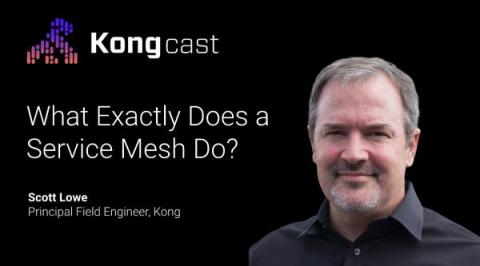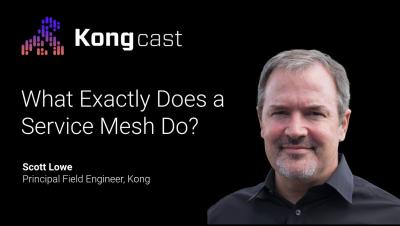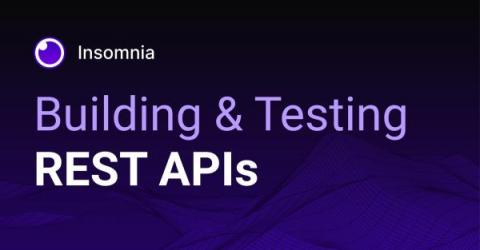KuppingerCole API Management and Security Leadership Compass Names WSO2 an Overall Leader
In the KuppingerCole API Management and Security Leadership Compass 2021, Lead Analyst and CTO Alexei Balaganksi states, “Our general recommendation for customers remains the same: both API management and API security should not be considered as standalone, isolated components of your IT infrastructures.











